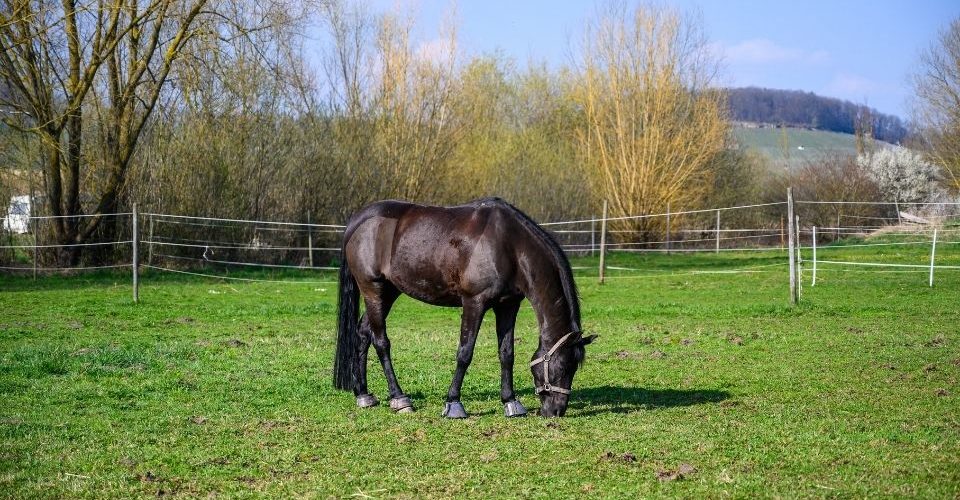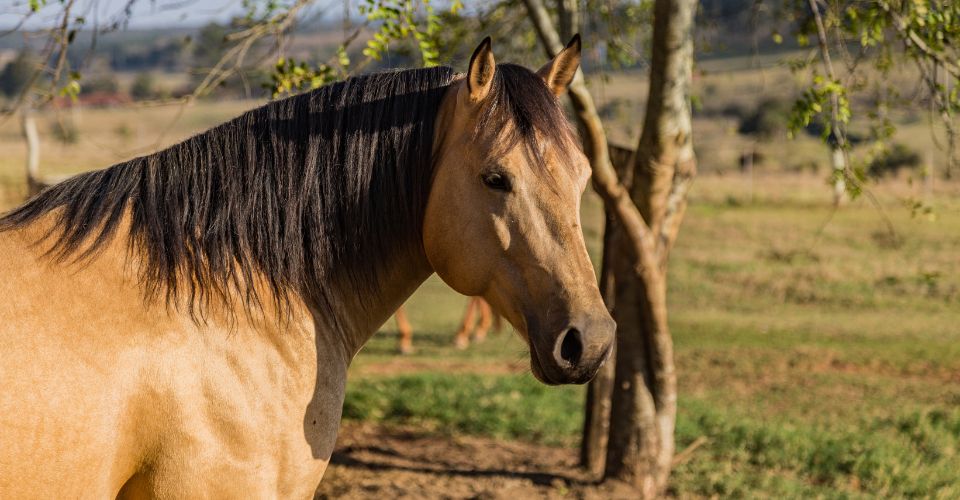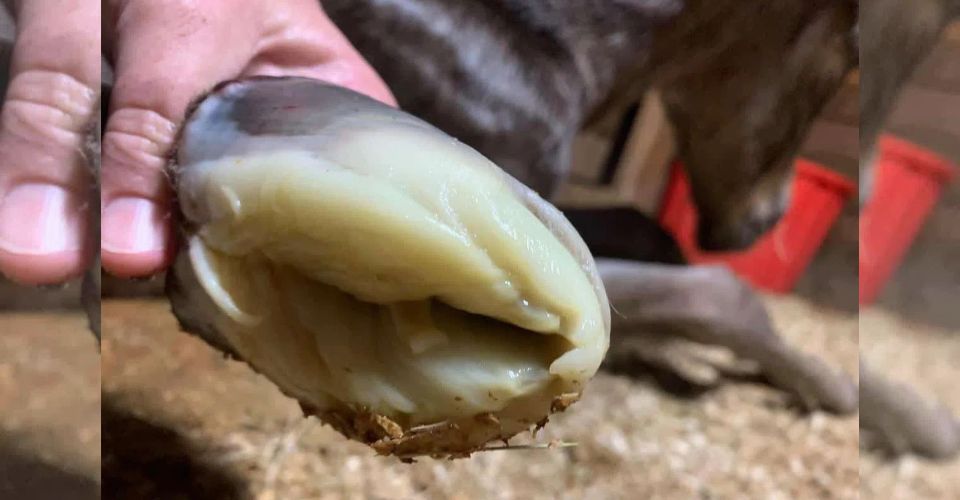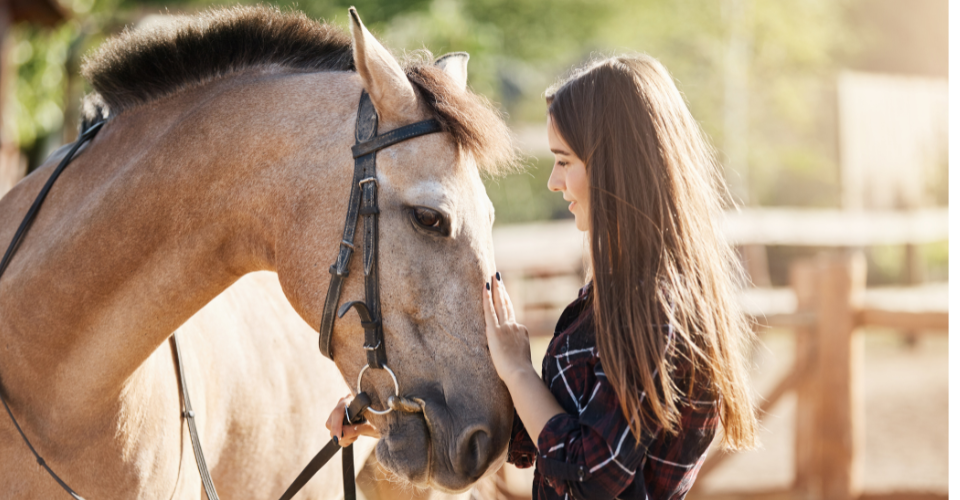Determining a horse’s height is crucial for horse owners, as it provides the information needed to calculate its meal size and medication dosage.
How to measure a horse’s height? What are the steps needed to make an accurate measurement? What are hands, and why are they employed to measure horses?
You might grapple with questions like these if you want to know about the horse hands chart. If so, read along as we are going to address these questions in the lines below.
Hands Unit
There may be different units for measuring a horse, but “hands” is the standard unit of horse height measurement. It was introduced by the King of England, Henry VIII. He standardized the hand as a unit of horse measurement, with one hand equalling around 4 inches—10.16 cm.
Why hands and not any other unit for measurement?
It was because of the lack of standard equipment during those days. So, people across the world used their hands to measure horses. With time, it became the standard unit of horse measurement.
How to Measure Horse Height in Inches?
A hand equals 4 inches. So, 14 hh horse would be 54 inches tall. Similarly, 58 inches would be 14 and a half hands. It’s a pretty simple yet accurate measurement.
How to Measure a Horse’s Height?
So, what do you mean when you talk about measuring the height of a horse? How do you measure a horse’s height?
To measure a horse’s height, you need to take the measurement from the ground where the surface is flat and smooth so you can have a precise measurement. The horse must be standing with its front feet squarely alongside each other and its hind feet directly beside each other. When you take the measurement, ensure they stand at their maximum height. Let’s check the steps of making an accurate horse height chart.
Flat Surface
The surface where the horse stands for having the measurement must be flat. In the presence of any obstacle, you can never have an accurate measurement.
Feet Close
Consider closing the feet of the horse. Keep the feet together; the front feet must be aside from each other, not too close and not too far, and likewise, the back ones. It will maintain a good posture while having measurements.
Good Position
Maintain an excellent stance and try putting something straight across your horse’s withers to make a 90-degree angle with whatever equipment you’re measuring. It will help you in ensuring that your measurements are as accurate as possible.
Measuring a Horse’s Height: Which Tool You’ll Need
When you know the hand’s measurement chart, you must know the tools required to do the measurement. There are two most popular ways of measuring the height of a horse. One is by using the height measuring stick, and the other is by using the height measuring tape.
Height Measuring Tape
You can find the measuring tape at any nearest store. Never forget to check the flexibility of the tape before buying. There are two types of tapes. One is a traditional measuring tape, and the other one is horse-height tape. Use the latter, as that is specifically made for the purpose.
Height Measuring Stick
Secondly, if you want precise measurements, you can buy a height measuring stick. Though a little pricey, these measuring sticks have a unit of hands mentioned on them, which will help you get the height in hands. These sticks provide the easiest and fastest means of height measurement using a horse hands chart.
Horse Height Conversion Chart
As you know, we measure the horse’s height in the unit of hand; there may be times when you need to know the measurements in inches, centimeters, and feet.
Let’s do the conversion of hands into other measurement units. One hand equals four inches, so it’s simple to deal with numbers in inches as you have the defined standard present. You can proceed with the calculations as follows:
4 x whole hands + fraction of hand = number of inches
So, 14.2 hands tall horse, when measured in inches, would be: 4 x 14 + 2 = 58 inches
The same is the case with feet and centimeters. Following the calculations, you would be able to convert the horse’s height from hands to inches, feet, and centimeters. You can take help from this Horse Height Conversion Table.
| Hands | Inches | Feet | Centimeters |
| 12 | 48 | 4ft | 121.92 |
| 13 | 52 | 4ft 4 inches | 132.08 |
| 14 | 56 | 4ft 8 inches | 142.24 |
| 15 | 60 | 5ft | 152.40 |
| 16 | 64 | 5ft 4 inches | 162.56 |
Horse Height vs. Human Height
What size horse do you need? If you are new to horses, you must be thinking about which horse you should get. The height of the horse one needs depends on the height and weight of the owner. So, it’s essential to make a comparison before having a horse.
| Horse Height in Hands | Human Equivalent |
| 18.0 hh | 6’0 |
| 17.0 hh | 5’8 |
| 16.0 hh | 5’4 |
| 15.0 hh | 5’0 |
| 14.0 hh | 4’8 |
| 13.0 hh | 4’4 |
Horse Breeds Height and Weight Chart
Horse and pony breeds are available in a wide range of sizes and weights. Tall horses may be either slender and elegant or large and robust. While the stature of two seemingly similar horse breeds may be the same, their weight may differ significantly.
An Appaloosa and an Arabian horse are of the same height, but when we talk about weight, the Appaloosa takes the lead. Its weight is slightly more than its Arabian counterpart. Similarly, a Shire’s hands height chart says that it is 17 hands tall, and a horse with 17 hands height must weigh 770kg, but it is not the case with the Shire. The Shire weighs around 590 kilograms, is still healthy, and shows proper growth. Some of the horse breeds’ heights and weights are given in the chart below.
| Breed | Weight (kg) | Height (hh) |
| Akhal-Teke | 420 – 520 | 14 – 16 |
| American Quarter Horse | 455 – 590 | 14 – 16.3 |
| Andalusian | 545 – 590 | 15 – 16 |
| Arabian | 380 – 480 | 14.1 – 15.1 |
| Belgian Draft | 860 – 1000 | 14 – 17.3 |
| Gypsy Vanner | 455 – 590 | 14 – 15 |
| Shire | 770 – 1225 | 16 – 17.3 |
Why is Horse Hands Chart Important?
To conclude, hands is the horse height measurement unit. Measuring horse in hands gives the standard sizes that we can easily convert to any other measuring unit. If it’s in inches, centimeters, or feet, you can easily convert them into hands and vice versa. Though an old unit, it is still relevant and accurate.





